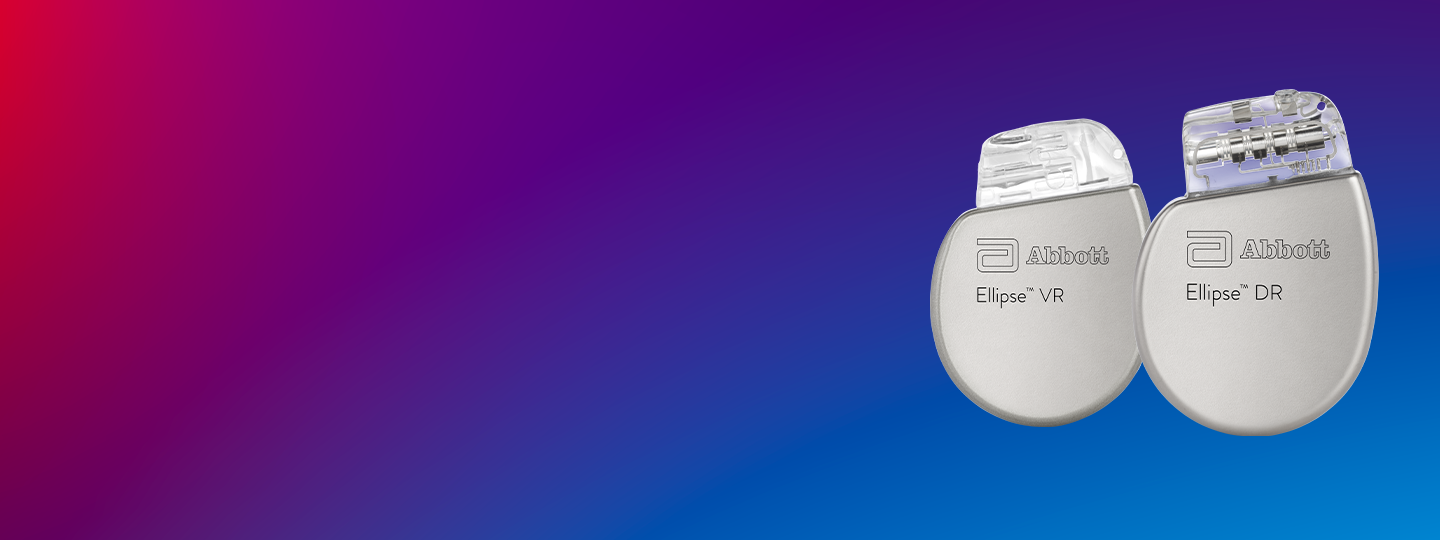Customized Therapy Delivery for Improved Outcomes
Abbott DeFT Response™ technology allows physicians to customize ICD therapy to each patient’s unique cardiac physiology and changing condition.
- One of the greatest risks associated with ICD therapy is failing to attain acceptable defibrillation thresholds (DFTs)
- It is difficult to predict which patients will have a compromised safety margin without performing DFT testing1-3
- Without DeFT Response technology, high DFTs can increase risk, time, and costs to the hospital by requiring additional hardware2,4
- By combining the ability to measure a patient’s cell depolarization time with consistent HV lead impedance, physicians can tailor therapy to an individual patient’s physiology
Clinical Data to Support DeFT Response Technology
- DeFT Response technology in Abbott patients resulted in a significantly higher proportion of patients with satisfactory DFTs.5
- “Tuned” defibrillation waveforms outperform 50/50% tilt defibrillation waveforms.6
Optimizes Shock Performance With or Without A DFT Test5*
DeFT Response technology preserved a 10 J safety margin for 100% of the Abbott patients.
17% of the fixed-tilt group of patients with competitive devices had compromised the 10 J safety margin.
Group A: Adjustable Abbott | Group B: Fixed-tilt Boston Scientific, Medtronic, Biotronik | |||
|---|---|---|---|---|
| NICM | ICM | NICM | ICM | |
| 14J | — | 20 (59%) | — | 24 (34%) |
| 21J | 7 (20%) | 3 (9%) | 17 (24%) | 8 (11%) |
| 25J | 1 (3%) | 3 (9%) | 7 (10%) | 3 (4%) |
| 31J | 0 | 0 | 6 (8%) | 4 (6%) |
| 35J | 0 | 0 | 2 (3%) | 0 |
Method: Analysis of DFT levels for 105 patients implanted with a single coil lead between Aug 2007 and Aug 2010.
- Group A: patients with waveform tuning (Abbott)
- Group B: patients with fixed-tilt waveform (60% Boston Sci., 34% Medtronic, 6% Biotronik)
DFT Testing: VF induced by synchronized T-wave shock or direct current pulse. If initial shock failed, second shock delivered at highest energy within 10 J safety margin of device. If unsuccessful, a subcutaneous coil implanted and DFT test repeated. Note: the RV-coil was specifically programmed as an anode in all devices.
*Applies to single coil systems.
References
- Leong-Sit, P., Gula, L. J., Diamantouros, P., Krahn, A. D., Skanes, A. C., Yee, R., & Klein, G. J. (2006). Effect of defibrillation testing on management during implantable cardioverterdefibrillator implantation. American Heart Journal, 152(6), 1104-1108.
- Russo, A. M., Sauer, W., Gerstenfeld, E. P., Hsia, H. H., Lin, D., Cooper, J. M., ... Marchlinkski, F. E. (2005). Defibrillation threshold testing: is it really necessary at the time of implantable cardioverter-defibrillator insertion? Heart Rhythm, 2, 456-461.
- Shukla, H. H., Flaker, G. C., Jayam, V., & Roberts, D. (2003). High defibrillation thresholds in transvenous biphasic implantable defibrillators: clinical predictors and prognostic implications. PACE, 26(1 Pt 1), 44-48.
- Cooper, J., Latacha, M., Soto, G., Garmany, R. G., Gleva, M. J., Chen, J., ... Smith, T. W. (2008). The azygos defibrillator lead for elevated defibrillation thresholds: implant technique, lead stability, and patient series. PACE, 31, 1405-1410.
- Gabriels, J., Budzikowski, A., & Kassotis, J. (2013). Defibrillation Waveform Duration Adjustment Increases the Proportion of Acceptable Defibrillation Thresholds in Patients Implanted with Single-Coil Defibrillation Leads. Cardiology, 124(2), 71-75.
- Natarajan, S., Henthorn, R., Burroughs, J., Esberg, D., Zweibel, S., Ross, T., ... Oza, A. (2007). “Tuned” Defibrillation Waveforms Outperform 50/50% Tilt Defibrillation Waveforms: A Randomized Multi-Center Study. Pacing Clin Electrophysiol, 1, S139-42.
MAT-2205144 v2.0
